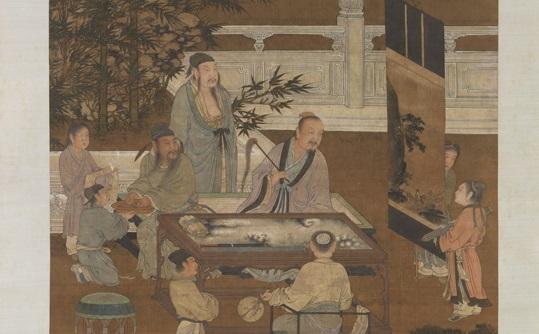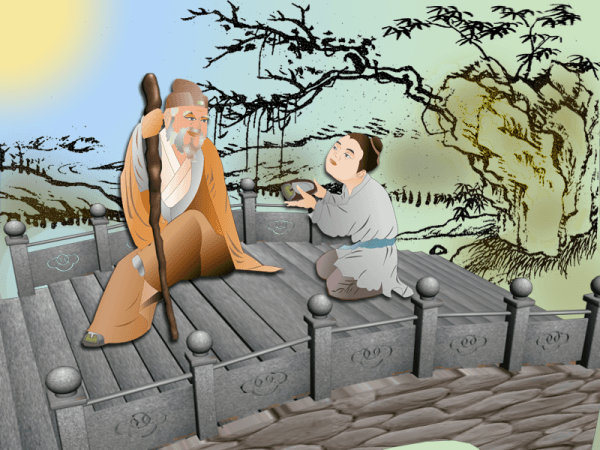The Three Character Classic, or San Zi Jing, is the best known classic Chinese text for children. Written by Wang Yinlian (1223–1296) during the Song Dynasty, it has been memorized by generations of Chinese, both young and old. Until the 1800s, the Three Character Classic was the very first text that every child would study.
The text’s rhythmic, short, and simple three-character verses allowed for easy reading and memorization. This enabled children to learn common characters, grammar structures, lessons from Chinese history, and above all how to conduct oneself.
It is said in the Three Character Classic:
To raise without teaching
is the father’s fault.
To teach without strictness
is the teacher’s laziness.
If the child does not learn,
this is not as it should be.
If he does not learn while young,
what will he be like when old?
If jade is not polished,
it cannot become a thing of use.
If a man does not learn,
he will not know the virtues of honesty and righteousness.
The ancient Chinese always had a thing about education—kids were expected to go to school (if it was within the family’s means) and to invest a good amount of time and effort in studying.
The Three Character Classic alludes to how important education was in ancient Chinese culture. “If the child does not learn, this is not as it should be. If he does not learn while young, what will he be like when old?” Education was not just an asset, but a mandatory part of a child’s development.
In particular, education and schooling were considered essential for grooming a child’s values and character. “If jade is not polished, it cannot become a thing of use. If a man does not learn, he will not know the virtues of honesty and righteousness.”
Why did the ancient Chinese think this way? To understand why, one must realize that ancient Chinese education was rather different from our education system today.
Confucianism: the Core of Ancient Chinese Education
Our modern education system predominantly emphasizes the teaching of technical knowledge, including mathematics and science, language skills, and social studies.
In contrast, education in ancient China was largely based on Confucian classics. From a young age, children spent their schooling time learning and memorising Confucian texts like the Great Learning, the Doctrine of the Mean, the Analects of Confucius , the Book of Odes, and of course, the Three Character Classic.
At the core of Confucianism are five cardinal virtues -- benevolence, righteousness, propriety, wisdom, faithfulness. Many values, such as loyalty, filial piety, courage, transparency, diligence, and so on are derived from it.
The teachings of Confucianism defined the moral standards for being a good person. They covered and effectively regulated the various strata of society, from the individual and the family unit, to society and the principles of governance.
Through the education system, Confucian values were imbued in children from a young age, and remained the backbone of education even at advanced, scholarly levels. At the same time, students developed their language skills and knowledge in social studies by studying these ancient texts.
This was the education standard for thousands of years, as dynasties rose and fell. With such wholesome and edifying core material, we now know why the ancient Chinese believed education was integral to a child’s moral development.



